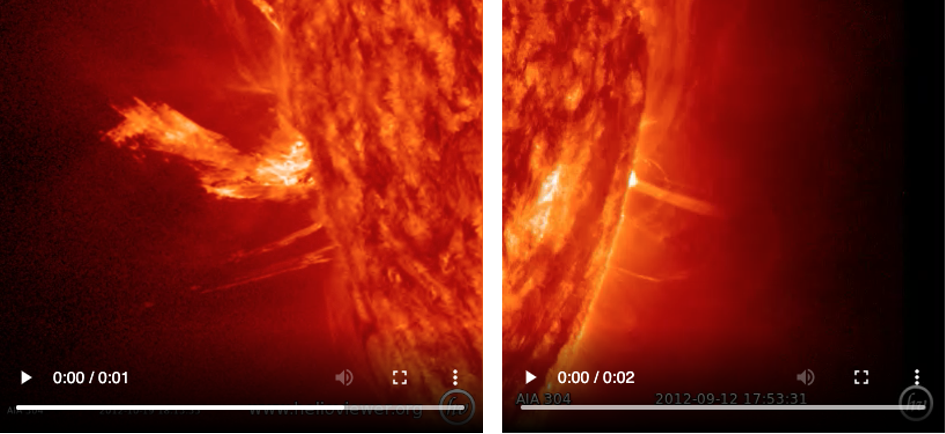Solar Jet Hunter
The Sun, our nearest star, supplies the warmth and light that make life on Earth possible. It also generates solar wind, an irregular flow of energized particles that can disrupt communication systems and power grids on Earth, and threaten astronauts in space.
What accelerates these energetic particles? How is the Sun’s outer atmosphere heated to millions of degrees? The Solar Jet Hunter project asks you to help us find solar jets, bursts of gas so hot that electrons are stripped away from their atoms, to help answer these questions. You’ll examine movie clips of the Sun’s surface to find and mark the appearance, disappearance, and shape of solar jets.
project task
Examining images
division
Heliophysics
where
Online
launched
2022
What you'll do
- Examine movie clips of the Sun’s surface to find and and mark locations of solar jets.
- Interact with other volunteers and scientists on the project’s TALK forum.
Requirements
- Time: Ten minutes to complete the tutorial
- Equipment: An internet connected device
- Knowledge: None. In project tutorial and field guide will give you all the information you need.
Get started!
- Visit the project website.
- Click “Jet or Not” or “Box the Jets” to choose a task to work on.
- Click through the tutorial to learn how to recognize solar jets.
- Examine short video sequences of the sun’s surface to find solar jets and use the project tools to mark their location.
Learn More
You can find out more about solar jets and the project’s progress by reading the Solar Jet Hunter blog. Follow Solar Jet Hunter on Twitter to stay up-to-date on new data releases and project milestones.

Right image: At Solar Jet Hunter, you’ll examine video clips from the Solar Dynamic Observatory (SDO) that look like this image of an erupting solar jet. Since 2010, the SDO has made an ultra-violet wavelength image of the Sun every 12 seconds.
Get to know the people of Solar Jet Hunter!








Charlie Kapsiak
Learn about those of the NASA corps who make “space sailing” their career profession.


Lucy Fortson
Learn about those of the NASA corps who make “space sailing” their career profession.































